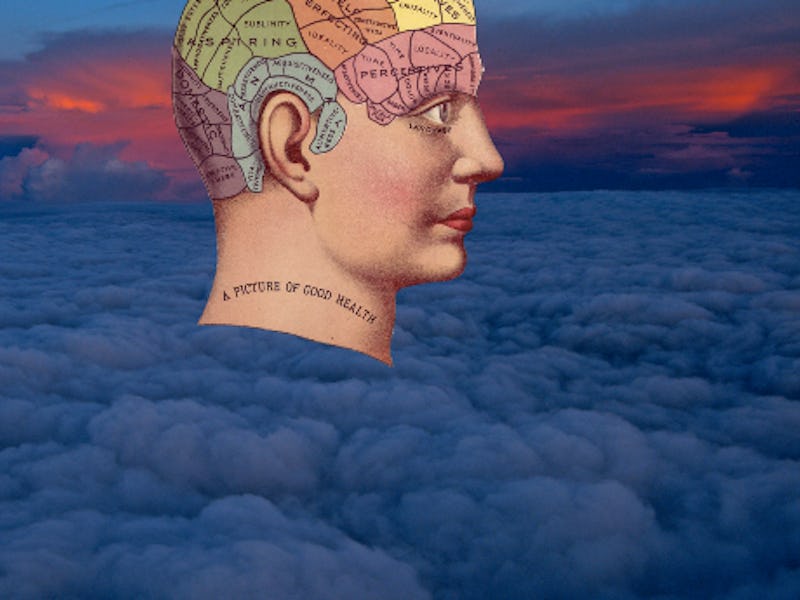Sleep is the only physiological condition in which consciousness can fade. And yet, somehow, we occasionally remember our dreams. This flickering between consciousness and unconsciousness plays out in the electrical activity in our brains while we sleep, and by examining the brain scans of sleeping subjects, scientists have discovered, for the very first time, which areas of the brain are ignited while we dream. Furthermore, they claim, they can tell what we’re dreaming about by looking at the parts of the brain that light up.
In a study released Monday in Nature Neuroscience, a team of researchers from the Wisconsin Institute of Sleep and Consciousness describe the “hot zone” in the back of the brain that lights up when a person is dreaming. In their experiments on sleeping people, they noticed an increase in high-frequency electrical activity in this zone when people dream during both REM (rapid eye-movement) sleep and non-REM sleep. And, depending on the content of the dreamer’s dreams, different parts of this zone — known as the posterior cortex — are activated.
For example, when people dream about faces, there’s an increase in high-frequency activity in the area’s temporo-occipital region. Meanwhile, when a dream has a definite spatial setting — if the whole dream was set on a beach, for example — then there is increased activity in the right posterior parietal cortex.
Brain models demonstrating the difference between a dreaming experience and no experience.
“An important aspect of this study is that we were able to compare what changes in the brain when we are conscious, that is when we are dreaming, compared to when we are unconscious during the same behavioral state of sleep,” said senior author and psychiatry professor Giulio Tononi in a statement. “In this way, we could zoom in on the brain regions that truly matter for consciousness and avoid confounding factors having to do with being awake rather than asleep or anesthetized.”
Tononi and his team came to this conclusion after examining the electrical activity in the brains of 46 volunteers that slept over at the WISC laboratory in three studies. In the first study, the sleeping subjects were awakened intermittently and asked whether they remembered dreaming; the researchers found that those that did showed activity in the hot zone — the first hint that dreams were localized.
The second experiment concentrated on the actual content of the dreams, so the study participants were woken up more frequently. People who remembered specific themes in their dreams, like seeing faces or hearing speech, had high-frequency activity in the parts of the hot zone that were normally correlated with that theme: For example, when someone remembered hearing speech during a dream, their brain scans showed that their cerebral cortex — which processes language — was active. This indicated to the researchers that dreams are “experiences that truly occur during wakefulness” and not “inventions” or “confabulations” that the volunteers made up as they woke up.
Armed with the knowledge that different parts of the brain appeared to be activated during dreams, their third experiment attempted to predict whether a participant would report having dreamt based solely on their EEG readings. They were able to predict that someone would remember dreaming 92 percent of the time and that they did not dream 81 percent of the time.
We’re a long way off from watching a person’s dreams play out while they sleep, but these findings do give us some insight into what the brain’s actually doing when it’s dreaming. They not only suggest that the brain is, in a sense, awake while we dream but also that dreaming may become, as the authors write, “a valuable model for the study of consciousness with implications beyond sleep.”
